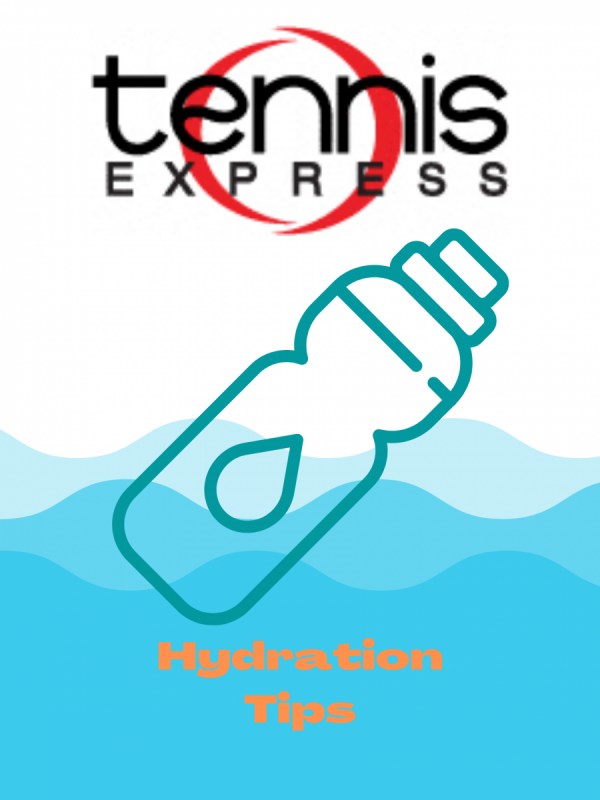Summertime is just around the corner. While that means peak tennis season for many, it’s also when the risk of dehydration is most severe. Once you become dehydrated, your performance suffers and you become at risk of injury. Conversely, proper hydration –otherwise known as “euhydration”– offers several benefits. Maintaining this state of euhydration is crucial for both your performance and your health. To learn how to properly stay hydrated, keep reading on.
What are the effects of dehydration?
Beyond the feelings of discomfort, dehydration also causes muscle cramps and fatigue among other symptoms. Because athletes can lose several pounds of sweat during exercise, they are prone to the effects of dehydration. With just as little of a 1-2% loss of body weight in water, dehydration can lead to a reduction in agility, strength, reaction times, and focus. Fatigue also builds more quickly, increasing the risk of injury. At its worst, dehydration can lead to muscle cramps, nausea, and heatstroke. When it’s hot and humid, all of these problems become even worse. So, what’s the solution? That, of course, would be to maintain proper hydration. Not only is proper hydration important to prevent these negative effects, but there are benefits as well. Your blood pressure is better regulated and your muscles will function better. On top of that, improved blood circulation helps transfer oxygen and nutrients throughout your body.
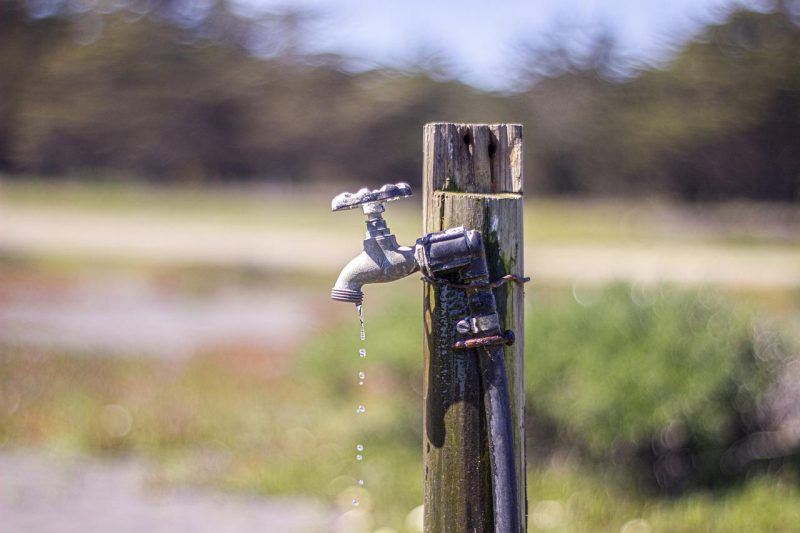
How to stay hydrated
Water is king when it comes to hydration. Of course, conversations about how to stay hydrated don’t begin and end with “just drink more water.” Most drinks, including milk, juices, and sports drinks, are mostly composed of water. Even caffeinated drinks such as tea or coffee can be sources of water. While caffeine is a diuretic (i.e. it makes you go pee), a drink or two shouldn’t offset your overall water intake. Besides, the energy boost is always appreciated. Make sure to avoid sugary drinks, as those accelerate dehydration. Aside from drinks, water can come from foods such as fruits and vegetables. Additionally, minerals, proteins, and electrolytes are also essential to proper hydration. Though it seems counterintuitive, proper sodium intake helps your body stay hydrated more efficiently. 110-240mg of sodium per 8oz of fluid is the recommended amount. Be sure to check the nutrition label when choosing your sports drink.
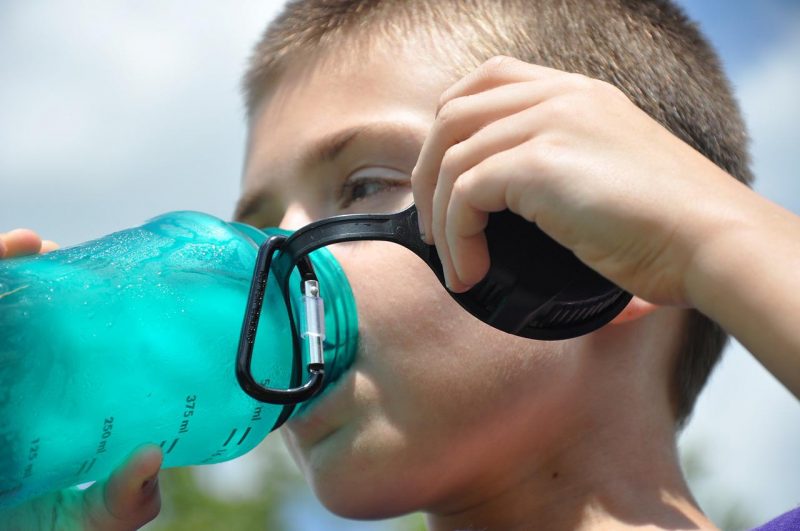
To help stay hydrated on the court, bringing along a sizeable container helps immensely. Your favorite sports brands like Nike and adidas offer some high-volume sports bottles, but if you’re willing to splurge there are other options. Takeya and Hydroflask are leaders in the sports bottle industry, making thermoregulated bottles to keep your drinks cooler longer. They also use powder-coated exteriors for better grip when your hands get sweaty. A tennis or gym bag with dedicated sports bottle pockets also makes transporting and accessing them much more convenient. Make sure to also pack a variety of snacks, keeping water content and sodium in mind.
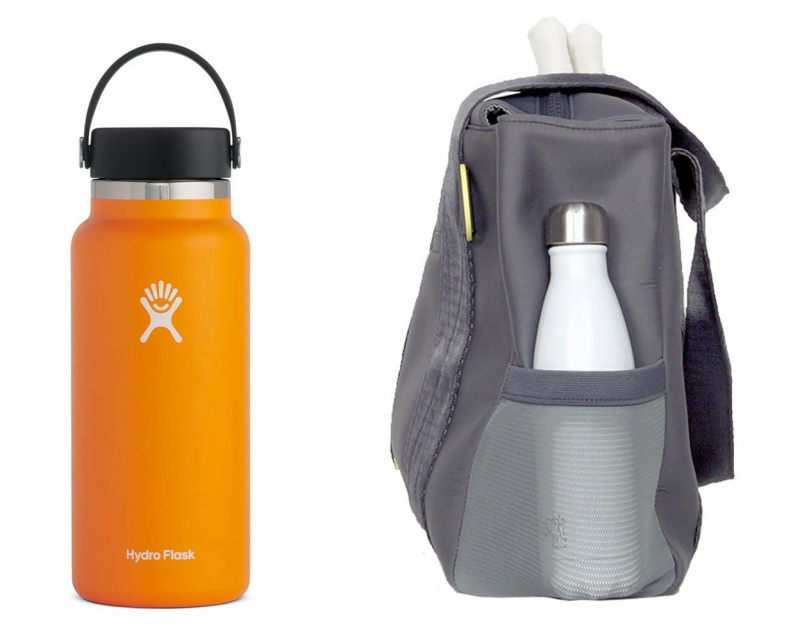
When to hydrate
When you hydrate is just as important as how you hydrate. In addition to hydrating throughout your activities, it’s also important to drink water before you even start. Drinking 8-16 ounces of water an hour before your activities will give you a headstart in preventing dehydration. According to Mayo Clinic, an additional 1.5 to 2.5 cups of water is enough for light activity, but activities lasting for over an hour will require even more water. The amount you sweat, the type of activity, and how long you stay active all affect the amount of water you need. However, it is also possible to go overboard and become what’s known as hyperhydrated. While uncommon, the Journal of Athletic Training warns that excess fluid consumption can cause organ and tissue swelling. Rather than routinely chugging water, listen to your body and take sips when it feels right.
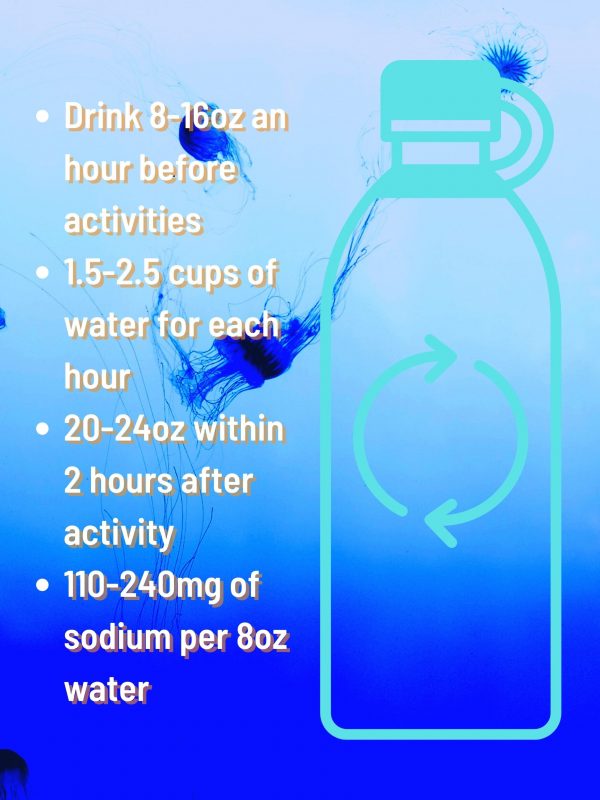
The need for hydration doesn’t stop after you’ve finished your activities, either. As a rule of thumb, every pound lost from sweating needs 20-24oz of water replenished within 2 hours after your activities. During this period of post-exercise, rapid rehydration is a priority. In addition to water, food and drink should contain electrolytes such as sodium and chloride to replace electrolyte loss. Sodium is especially important because it promotes thirst and helps the body retain fluids. Since alcohol and caffeinated beverages have a diuretic effect (i.e. it makes you go pee), they should also be avoided during this time.
Other ways to prevent dehydration
Staying cool is important to avoiding dehydration. As your body temperature rises, so do your heart rate and perspiration. Prevention is key and goes a long way to alleviating problems in the long term. Wear loose-fitting clothing, preferably clothes that are lightweight and have UPF protection. Applying and reapplying sunscreen is also an important practice for outdoor activities. Check out our other blog post to learn more about the benefits of sun-protective clothing. Also, avoid rigorous activity during the peak hours of the day, and check your local forecast for temperature and UV levels. Finally, don’t push yourself too hard and take regular breaks. Whether you’re cooling down or fueling up, it’s important to rest up and give your body time to recover.
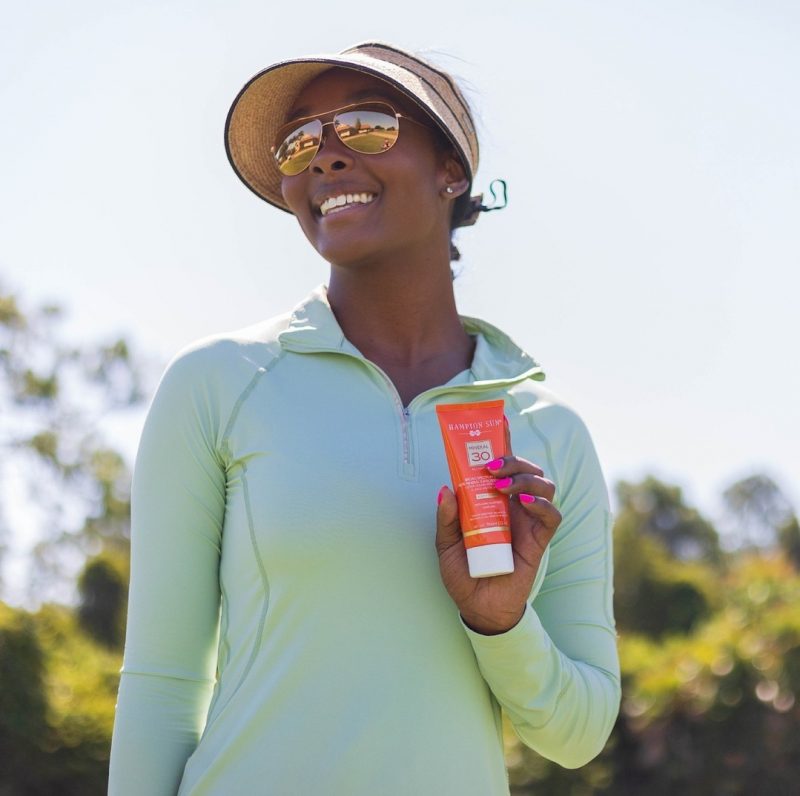
For many of us, summer is when we’re most active. And just as it’s important to have fun, it’s also important to watch our health. Now that you know how to properly stay hydrated, get out there with more confidence than ever. Be sure to visit TennisExpress.com for the latest tennis gear, and check back on the blog for more news and updates.
For More:

